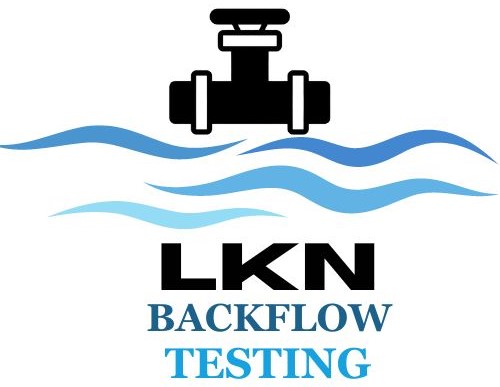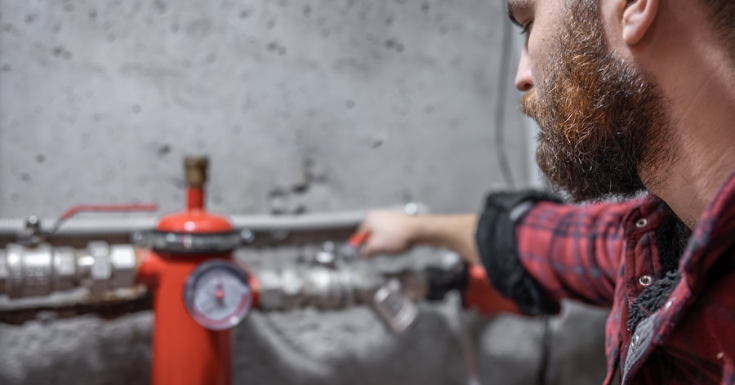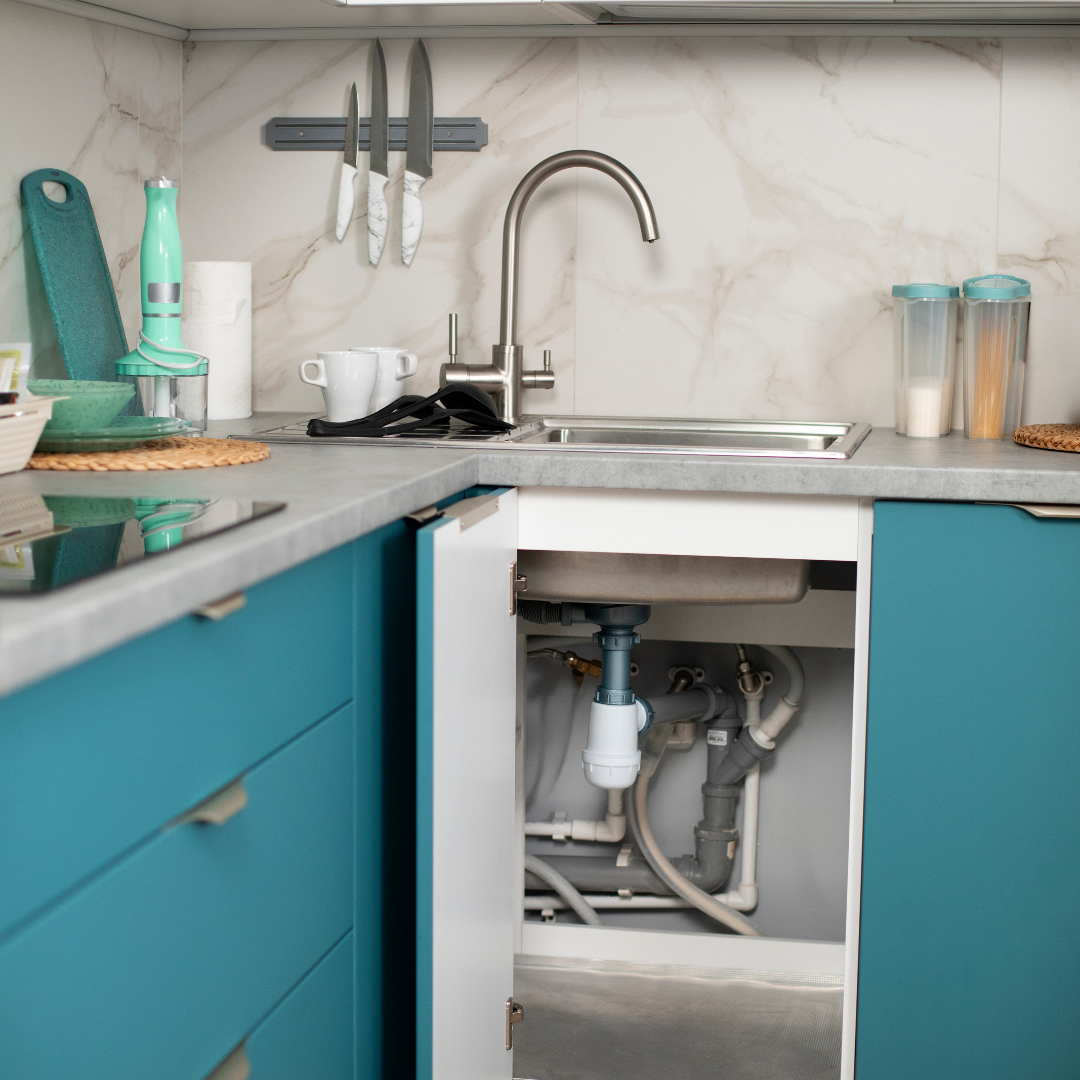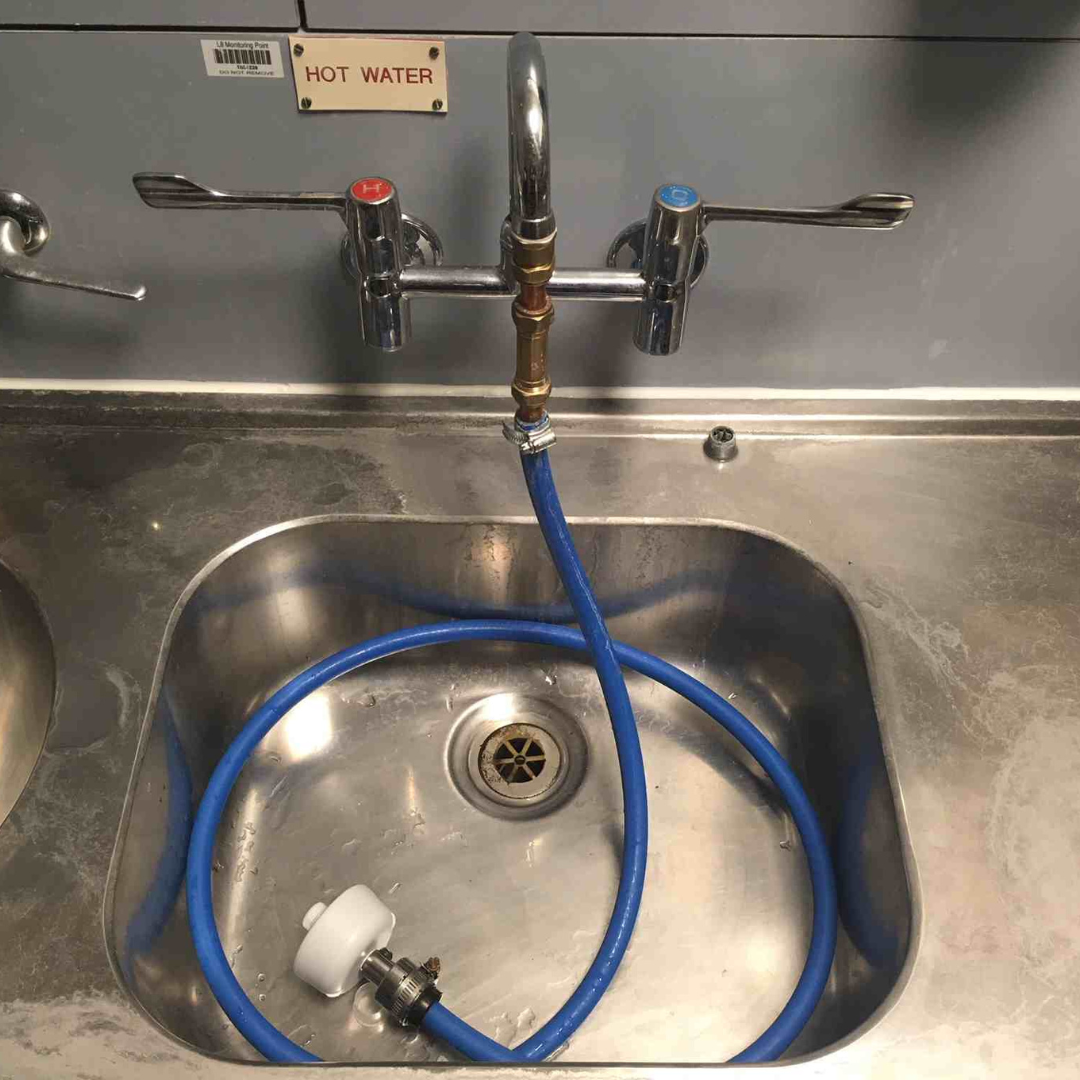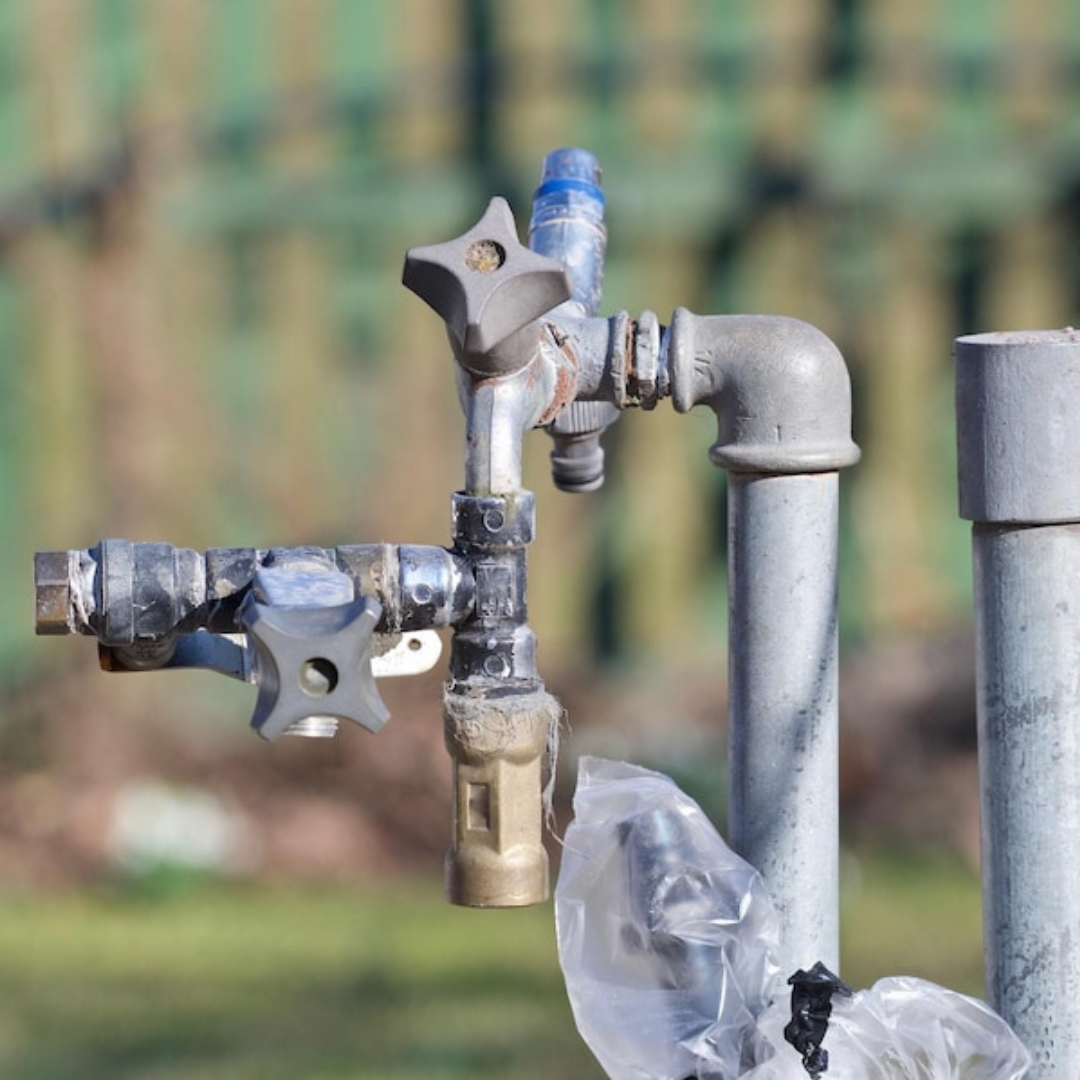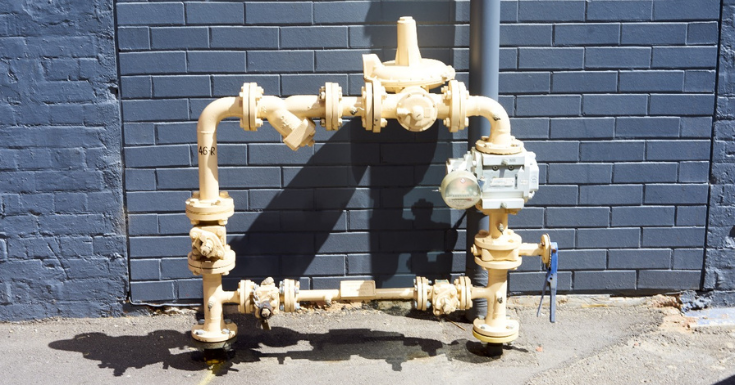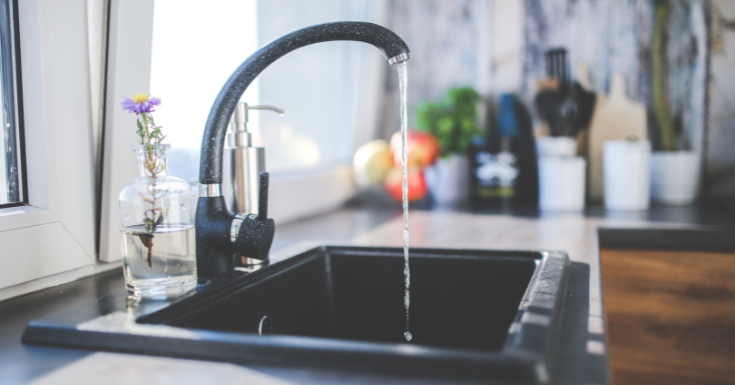Without clean water, survival is impossible. Even if the plumbing systems are carefully designed and maintained well, backflow can occur in residential and commercial buildings. Let us explore how backflow preventers can help prevent water contamination and how they can be maintained in perfect condition to ensure water safety.
Importance of Backflow Prevention
Backflow preventers are precautionary devices prescribed by law to ensure safety in drinking water supplies. Various national and local codes, outline backflow prevention standards. Compliance with these rules cuts down on the risk of contamination effects.
As mandated by building codes and health departments in various areas, residential and commercial properties must install backflow preventers. U.S. Safe Drinking Water Act and related local water authorities direct the use of backflow preventers in some situations, such as where there is a cross-connection to sprinkler systems, irrigation systems, or any other devices. The cross-connections could introduce contaminants to the water supply.
Regular testing and maintenance of backflow prevention systems are often mandated by law. Most municipalities perform annual or periodic inspections of backflow prevention devices to check performance. Noncompliance with any regulations usually invites penalties or fines and, in some cases, disconnection of the water service until such issues are resolved.
As a legal requirement to fulfill, backflow prevention can ensure well-being. Thorough compliance with local water safety regulations for maintaining the backflow prevention device perfectly would ensure the integrity of the water systems and the protection of communities against many diseases and contamination caused by waterborne agents.
Complications
Due to backflow, drinking water hygiene can be affected, leading to stomach problems, diarrhea, and nausea. Backflow has caused ailments such as typhoid, dysentery, and amoebiasis from 1800-1940. In 1985, it led to a salmonella outbreak, affecting 100,000 people in Chicago. The introduction of contaminants into the plumbing line can cause the pipes to corrode, leak, or rupture. Backflow is usually indicated by a foul odor and unusual taste in water. The water becomes cloudy or discolored. A leak in backflow prevention devices can signal backflow. The contamination of water can cause public health risks After the backflow is detected, it is essential to clean and treat the water.. This results in higher operational costs, which might be passed on to the consumers as increased water bills.
Closing Remarks
Thus, backflow preventers play a major role in the maintenance of water hygiene. It is essential to install backflow preventers and test them regularly to prevent backflow. For backflow testing and maintenance, it is essential to choose the right service provider.
At LKN Backflow Testing, we offer premium backflow testing services in Mooresville, Cornelius, Troutman, and Davidson ensuring the safety and integrity of your water supply. Our team of certified testers uses advanced equipment to thoroughly assess and maintain backflow prevention devices for both residential and commercial properties. With a one-time service cost averaging $100, we are committed to providing reliable and professional backflow solutions to meet local regulations and ensure water safety.
